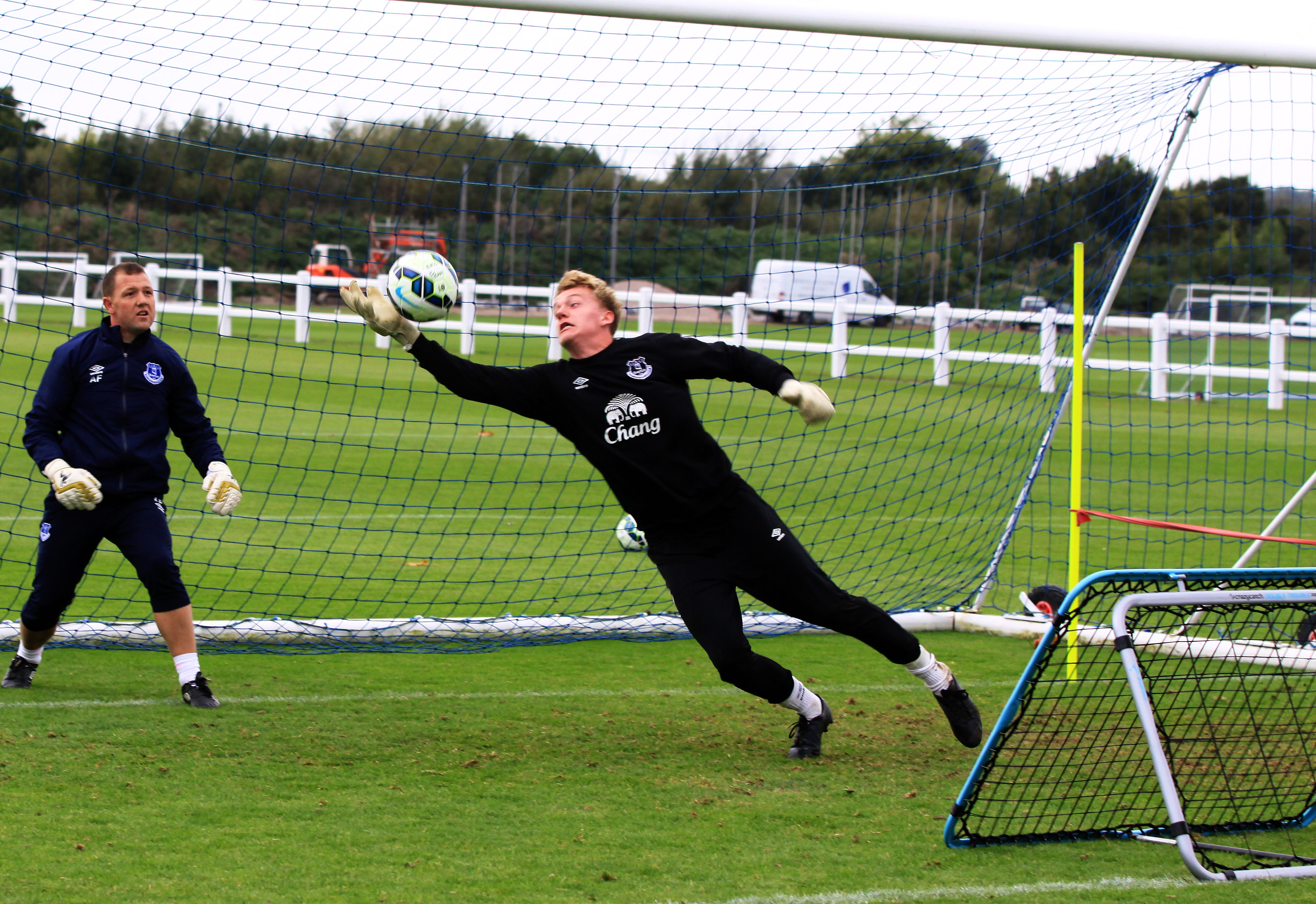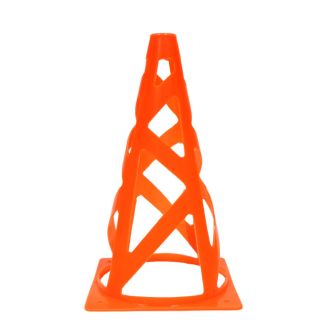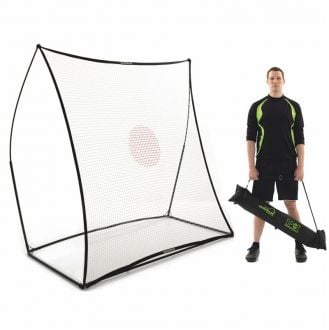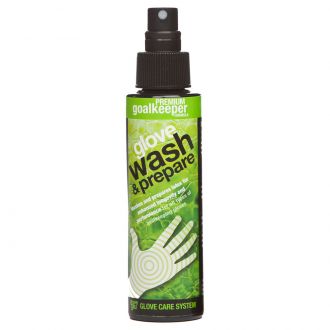Simple Training Drills for Improving Core Goalkeeping Skills

There are a few key goalkeeping skills that are essential in the modern game. Without all of them, an aspiring keeper won’t be able to fulfil their true potential. This is why constant practice and repetition of certain drills and exercise is essential.
We’ve put together a few tips to use on the training pitch. But first, you need to ensure that you have the right equipment.
Stock Up on Essential Goalkeeping Equipment
To maximise the results of practice on the training pitch, you need to have the right tools at your disposal. The most important tool any keeper has is a set of goalkeeping gloves. They should guarantee safe and secure contact with the ball at all times, and should aid effective distribution.
Latex gloves with foam-padded fingers, an elasticated wristband and a Velcro strap should be priorities. But most importantly, goalkeeping gloves need to fit snugly and remain comfortable throughout a 90-minute match.
You’ll obviously need some strong and sturdy shin pads, but you might also want to try out a few padded baselayers. They can protect your shoulders and elbows while providing welcome protection from the elements. Knee pads are also an option, particularly if you’re playing on artificial surfaces a lot. Other items of equipment you might need include glove wash, strong finger tape and a protective bag for your gloves.
Goalkeeper Training Ideas
Shot Stopping
It’s mentioned a lot by pundits and journalists, but shot stopping is a goalkeeper’s primary job. If you can’t excel in this area, you probably won’t be able to excel in the goalkeeping position. Fortunately, there are lots of drills and routines you can do on the training pitch that develop shot-stopping skills over time.
One drill involves an outfield player running with the ball from the halfway line, while the keeper remains on their line. The player must take either a hard, driven shot or a finesse shot from around the edge of the area. Without moving from the line, the keeper must either collect the ball cleanly or parry it to a safe area. You can add to the level of difficulty by adding a couple of additional attacking players to the six-yard area.
One-on-One Situations
One-on-one situations between an attacking player and a goalkeeper occur during most matches, so you have to know the basics. As the keeper, you have to stand your ground, tighten the angles and be aggressive. But putting all this together in a match situation isn’t easy. This is why you need to recreate match conditions on the training pitch.
A good one-on-one drill involves lining up attacking players around 10 yards from the edge of the penalty box. Each player should dribble the ball towards the goal with the ultimate aim of scoring once they’re inside the area. Ask a couple of players to act as distractions in the box in order to recreate match conditions. As the keeper, you need to keep your eye on both the player and the ball. Keep the attackers coming fast, as this will keep the pace high, and force you to constantly assess and make instinctive judgment calls.
Reflexes
A good goalkeeper can make sudden changes to their position, as well as the shape of their body. This skill helps a keeper to react quickly to deflections, surprise shots or errant back passes.
A great way to develop your own reflexes and goalkeeping agility is with the help of a rebounder. Comprised of a sturdy frame and elasticated netting, a rebounder sends a ball flying back to you in a range of unpredictable directions. Particularly if you’re training alone, this is a great way of mixing things up. Throw or kick the ball at the netting, and be ready to catch or parry it when it comes flying back. You can combine a shot-stopping session with a reflex session by using a combined football goal and rebounder.
Taking Crosses
The idea here is to put pressure on the ball when it’s in the air. After all, most people can simply catch an airborne ball when there are no distractions around. Place four training cones in the box at equal intervals — about eight yards from the line.
Get an attacking player to stand by each cone, and await a cross from a wide position. When the ball is in the air, each of the players must run towards it, without actually making contact. The keeper must leap in the air to catch the ball before it can be headed by one of the attackers. Get the outfield players to crowd the keeper and maximise distractions.
With the right equipment, some help from coaches and teammates and lots of practice, you should be able to maximise your goalkeeping skills for a productive and successful career in football.



